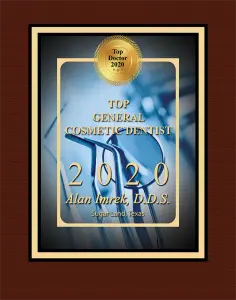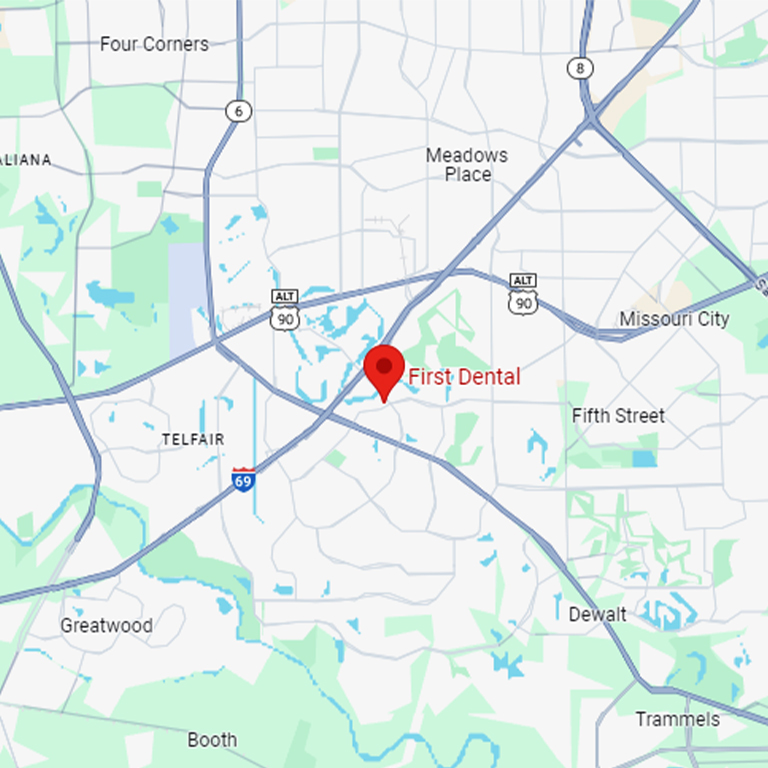Anesthesia in Dentistry: An Overview
Dentists use different types of anesthesia to ensure comfort and pain-free dental treatment for certain procedures. For some patients experiencing dental fear or dental anxiety, sedatives may also be administered alongside anesthesia to help keep them soothed and calm. Anesthetics may keep a patient numb for many hours, though it depends mainly on metabolism and levels of physical activity. Most procedures that require anesthesia will require that a patient avoid food or drink for a few hours preceding the dental visit.
Local Anesthesia, General Anesthesia, and Conscious Sedation
Local anesthesia refers to a group of anesthetics that focus on numbing a limited area of the body or a body part. Novocaine is a widely known type of local anesthetic that was commonly used in the past by dentists. It has been routinely replaced in modern medicine by anesthetics like lidocaine or articaine, which are ultimately more effective and reduce risk of allergic reactions. In dentistry, a local anesthetic is commonly administered via needle to the affected area, or near the affected area, of the mouth.
General anesthesia is typically only used for more intensive procedures or surgeries, and results in the intentional loss of consciousness for the patient while he or she is heavily sedated. Sometimes it can be administered for less complicated procedures, such as in children, high anxiety patients, or patients who do not have full mobile control of their movements.
Conscious Sedation is an offshoot of general anesthesia that heavily sedates a patient while they remain conscious through a procedure, making them feel calm and relaxed. A patient remains awake and aware, however, conscious sedation limits their abilities to respond to speech or movement. Conscious sedation may be applied to a patient via needle, gas, or pill. Nitrous oxide (or “happy gas”, as it is commonly known) is a type of conscious sedation dentists may use.







Leave a Reply
Want to join the discussion?Feel free to contribute!